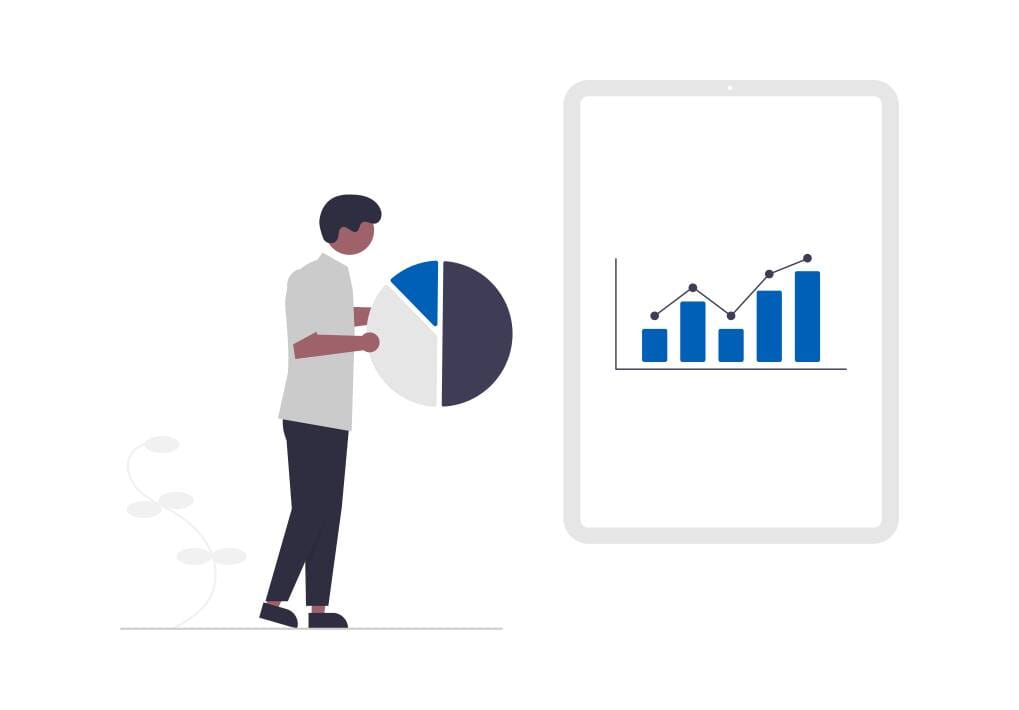
In the dynamic world of e-commerce, success isn't merely defined by the number of products sold or the revenue generated. It's about understanding the intricate details that drive your business forward. For Shopify store owners, monitoring Key Performance Indicators (KPIs) is crucial for assessing the health and progress of your online venture. Let's delve into the essential KPIs every Shopify merchant should prioritize to gauge their e-commerce performance effectively.
Conversion Rate
Conversion rate stands as the cornerstone metric for any e-commerce business. It represents the percentage of website visitors who complete a desired action, such as making a purchase, signing up for a newsletter, or filling out a contact form. Tracking your conversion rate helps you understand the effectiveness of your website design, product offerings, and marketing strategies. Utilize Shopify's built-in analytics or integrate third-party tools to monitor and optimize your conversion rate continuously.
Average Order Value (AOV)
The Average Order Value (AOV) measures the average amount customers spend on each transaction within your Shopify store. Increasing your AOV is an effective strategy for boosting revenue without necessarily attracting more customers. Encourage upsells, cross-sells, and bundle offers to enhance the value of each purchase. Analyzing AOV trends can also uncover insights into customer behaviour and preferences, guiding you towards more profitable sales strategies.
Customer Lifetime Value (CLV)
Customer Lifetime Value (CLV) quantifies the total revenue a customer is expected to generate throughout their relationship with your Shopify store. Understanding CLV enables you to focus on cultivating long-term customer relationships rather than solely prioritizing one-time transactions. By providing exceptional customer service, personalized experiences, and loyalty rewards, you can maximize CLV and foster customer retention, ultimately driving sustainable growth and profitability.
Customer Retention Rate
Customer Retention Rate measures the percentage of customers who continue to patronize your Shopify store over a specified period. Building a loyal customer base is more cost-effective than constantly acquiring new customers. Monitor your retention rate to evaluate the effectiveness of your post-purchase communication, customer support efforts, and overall shopping experience. Implement retention strategies such as email marketing campaigns, loyalty programs, and exclusive promotions to nurture existing relationships and incentivize repeat purchases.
Conclusion
In the competitive landscape of e-commerce, success hinges on data-driven insights and strategic decision-making. By diligently monitoring key performance indicators like conversion rate, average order value, customer lifetime value, and customer retention rate, Shopify merchants can gain valuable insights into their business performance and identify areas for improvement. Embrace experimentation, iterate on your strategies, and prioritize delivering exceptional value to your customers. With a keen focus on KPIs, you can optimize your Shopify store for sustained growth and prosperity in the ever-evolving e-commerce ecosystem.